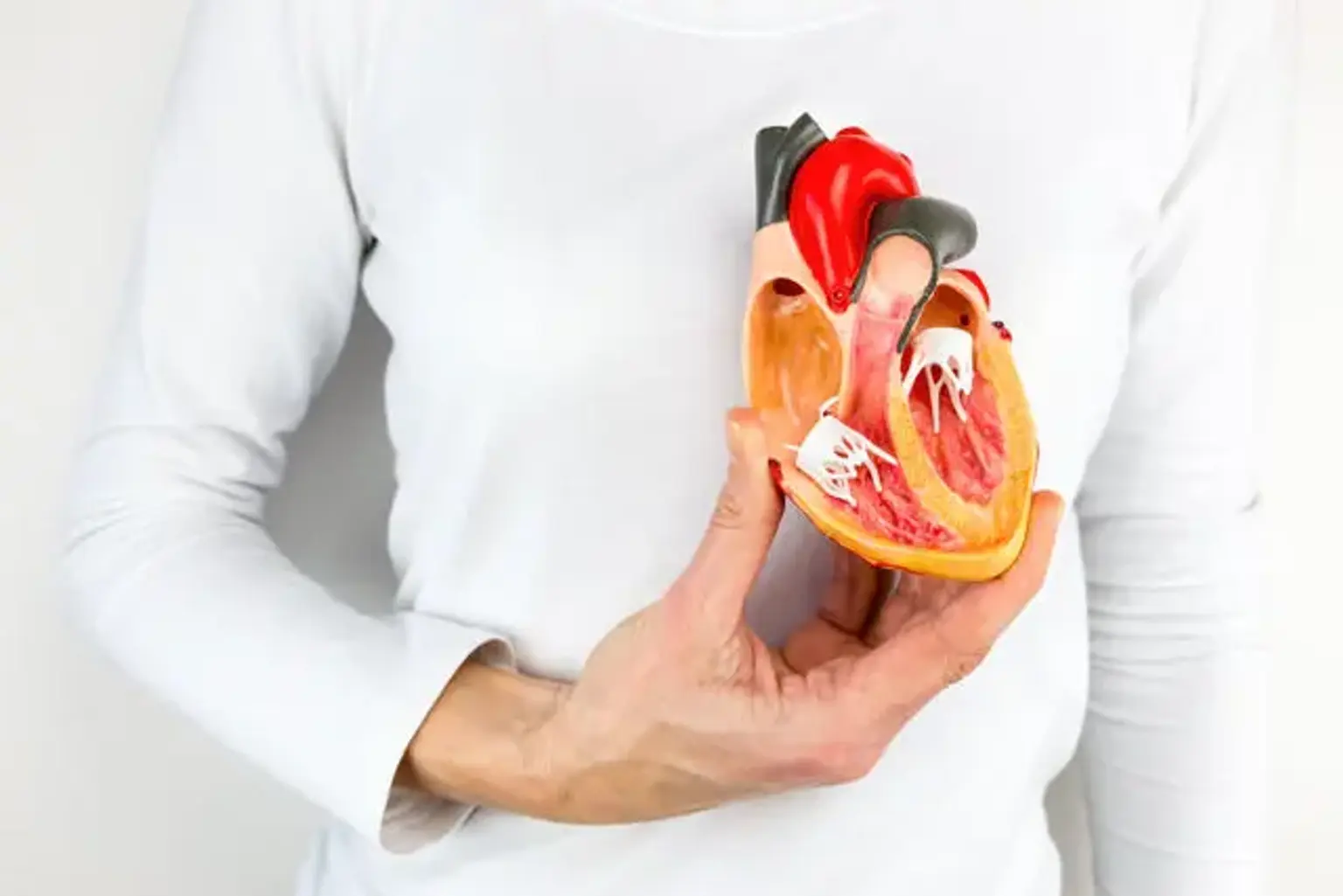Arrhythmia surgery
Overview
An arrhythmia is a problem with your heart's rate or rhythm. It indicates that your heart is beating too quickly, too slowly, or in an irregular pattern. Tachycardia occurs when the heart beats faster than usual. Bradycardia occurs when the heart beats too slowly.
This "fluttering" of the heart may only cause mild symptoms in some people, but in others, it may be associated with more severe symptoms such as chest pain, shortness of breath, giddiness, and even blackouts. As a result, in some cases, your doctor may advise you to seek definitive treatment through surgical intervention.
Arrhythmia surgery has improved the clinical course of patients with and without congenital heart disease suffering from debilitating atrial and ventricular arrhythmias.
